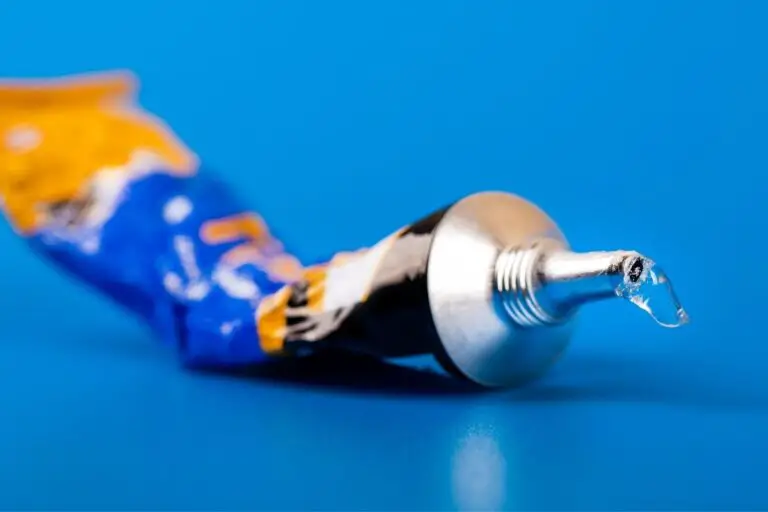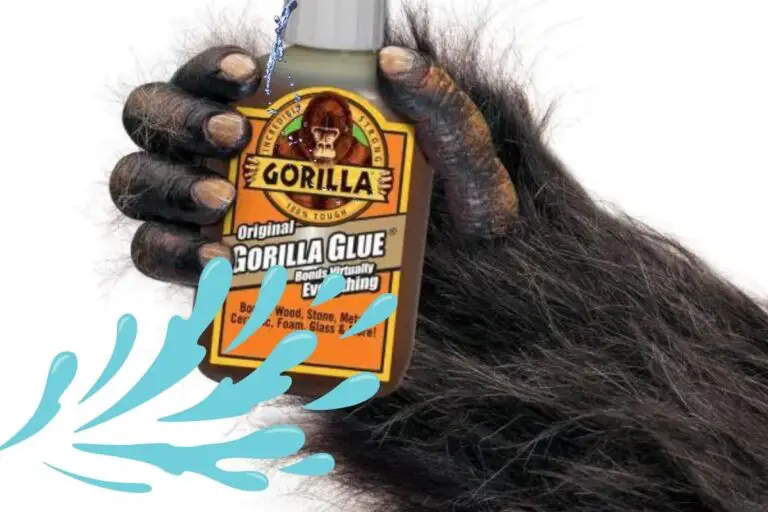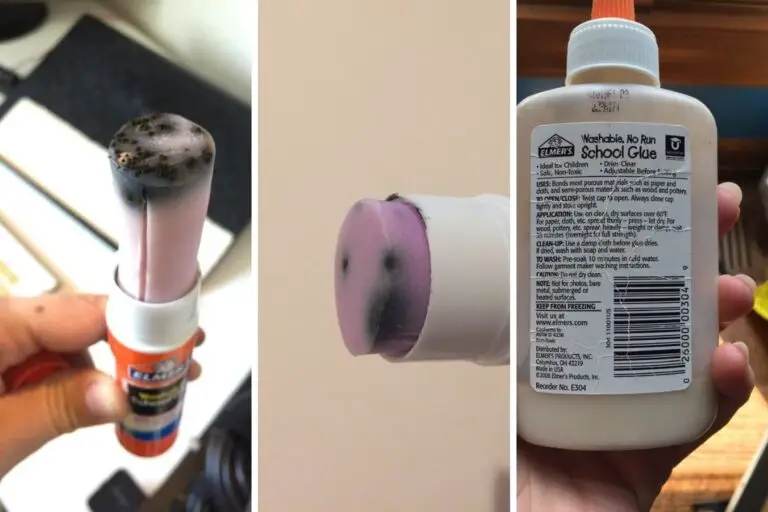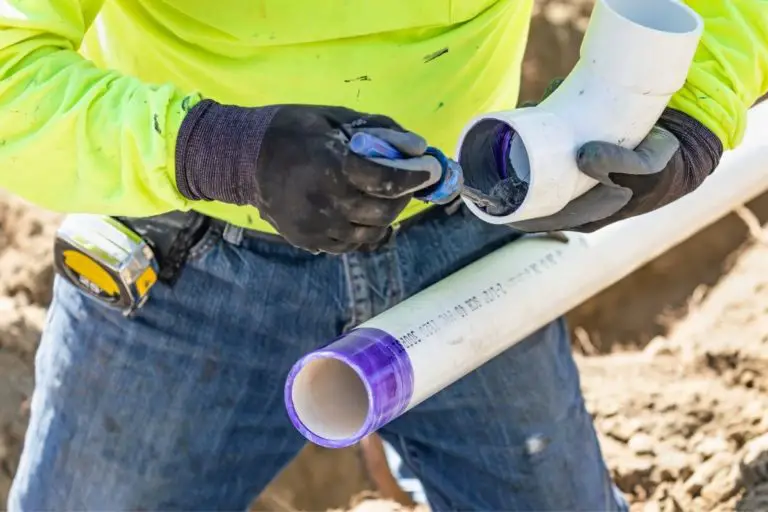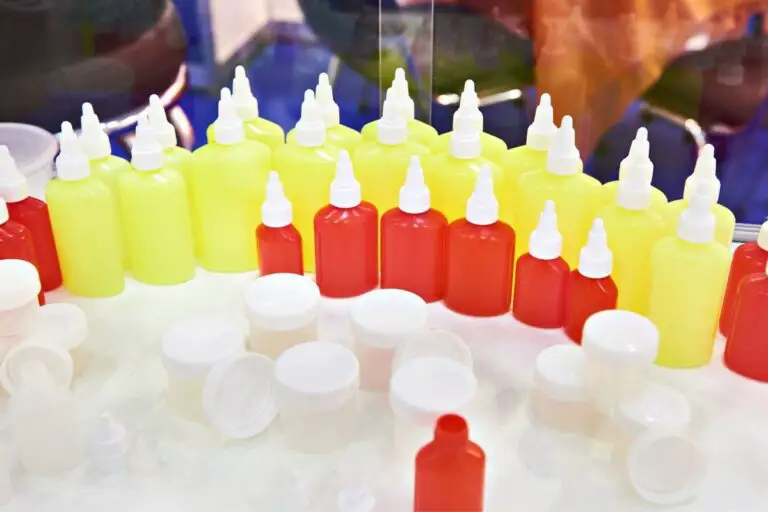Can you Mix PVA Glue with Paint? What Happens If You Do?
PVA glue is commonly used for arts and craft projects because it creates a strong bond when applied to different kinds of surfaces and it dries clear. It’s also inexpensive compared to other kinds of adhesives.
However, many crafters often wonder whether adding paint to their project might affect the performance of the glue.
So, can you mix PVA glue with paint? You can mix PVA glue with paint because their texture and chemical compositions are very similar. PVA glue will help bring out the colors of the paint more and it will help the paint dry into a sturdy layer that won’t easily wear out over time. You can also use PVA glue to seal a painting to protect it.
Keep reading to learn more about PVA glue, what would happen if you mix PVA glue with paint, and hot make paint at home using PVA glue.
Contents
What Is PVA Glue?

PVA glue is a kind of synthetic glue that is mainly made from polyvinyl acetate polymers combined with water and other chemical substances.
The water affects the consistency of the glue and acts as a solvent to keep the glue in a liquid form until you want it to stick. When the glue is applied, the water will evaporate and the glue will start to solidify as the PVA polymers bond with the surface.
It’s ideal for art and craft projects as it can bond with different kinds of surfaces including wood, ceramic, metal, rubber, and various kinds of paper. It’s also very accessible and affordable.
Can You Mix PVA glue with Paint?
You can mix PVA glue with paint because they’re quite similar in texture and chemical composition. PVA glue will not affect the efficiency of the paint or vice versa.
Many artists use PVA glue as a pouring medium for acrylic paints to create interesting patterns and designs. It brings out the colors more and it will help the paint dry into a sturdy layer that won’t wear out over time.
However, you need to be careful when layering PVA glue mixed with paint as it increases the risk of cracking.
How to Make Paint at Home Using PVA Glue?
You can easily create your own PVA-based paint at home. All you’ll need is the PVA glue, color pigment, water, and small plastic containers for the paint.
Here are the steps you need to follow:
- Pour a small amount of PVA glue with water into a container and stir them.
- Add a teaspoon of color pigment to the mixture and keep stirring.
- Repeat the previous steps with different colors of pigment then pour the mixtures into the small plastic containers.
- Test the paint to make sure you have the right consistency. If the mixture is too thick, you can add small amounts of water.
- Make sure not to make more paint than you need because it can dry quickly. If you keep the paint containers sealed, they should remain usable for 24 hours.
Can You Seal a Painting Using PVA glue?

You can seal painting using PVA Glue. It will help provide a protective layer on the painting against dust or UV rays. It’s also completely transparent when it dries so it will not affect the colors of your
To use PVA glue as a sealer, you need to mix it with water then apply one to two coats of the mixture on your painting using a wide-based brush.
Related Questions
Can You Paint over PVA glue?
You can paint with acrylics over PVA glue which is why artists often use it as a cheap alternative for priming varnish. You can mix it with water then apply multiple coats on the surface you will be painting. This will help make the surface smooth and less absorbent. It will also allow the paint to bond better and make the colors stand out more.
Is PVA Glue Waterproof?
PVA glue is not completely waterproof. It can handle light contact with water but it will become diluted if it’s completely submerged in water which can cause it to lose some of it’s adhesive properties. So, it’s recommended to apply PVA glue on a dry surface and to store it away from moisture.
Helpful Resources
If you like this article, share it!
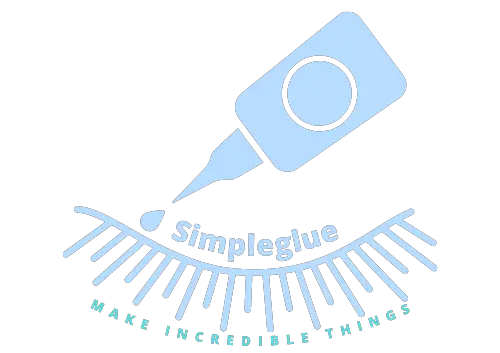
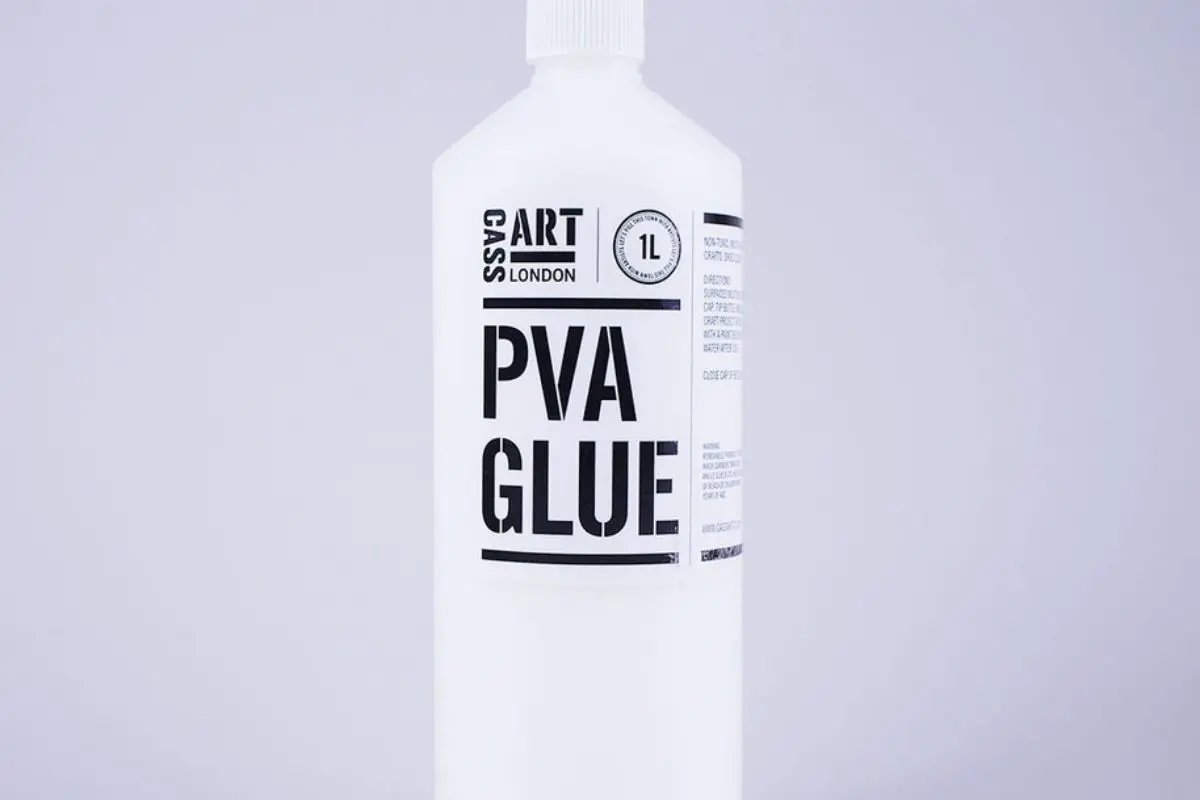
![Is Hot Glue Toxic To Animals? [Answers for Every Pet]](https://simpleglue.com/wp-content/uploads/2021/11/hot-glue-gun-768x512.jpeg)
